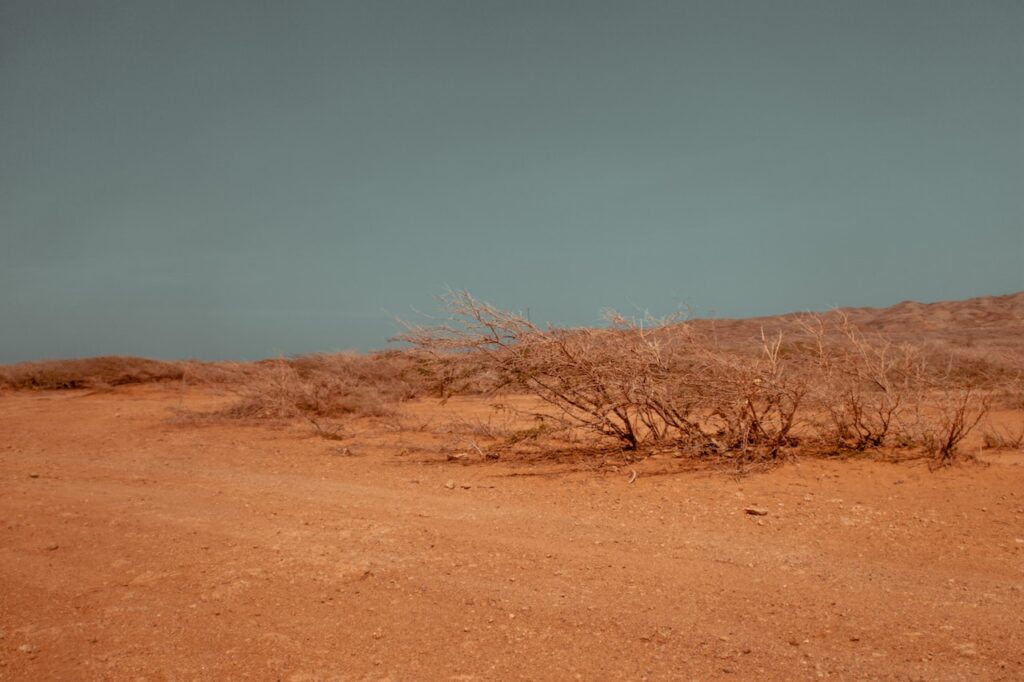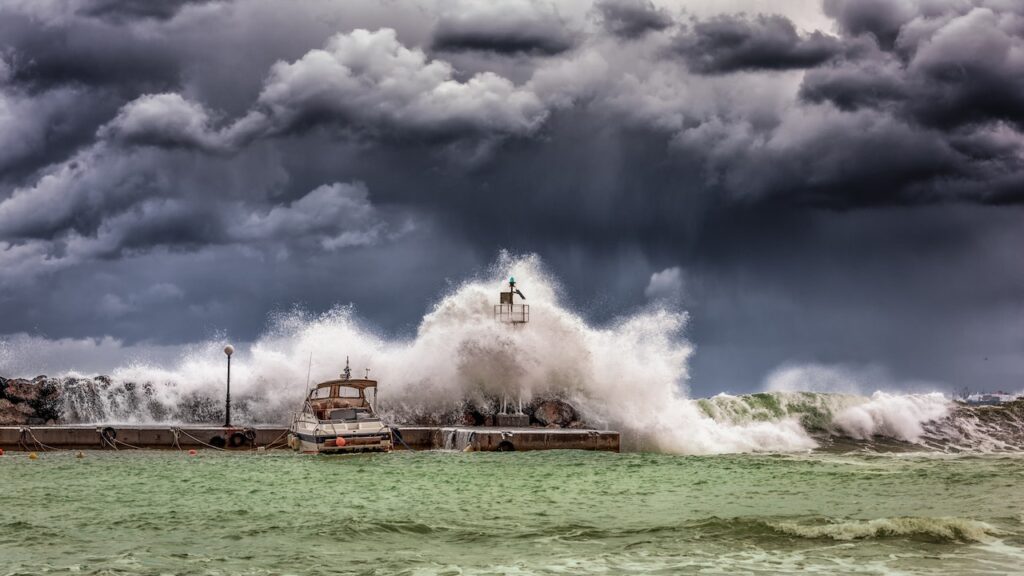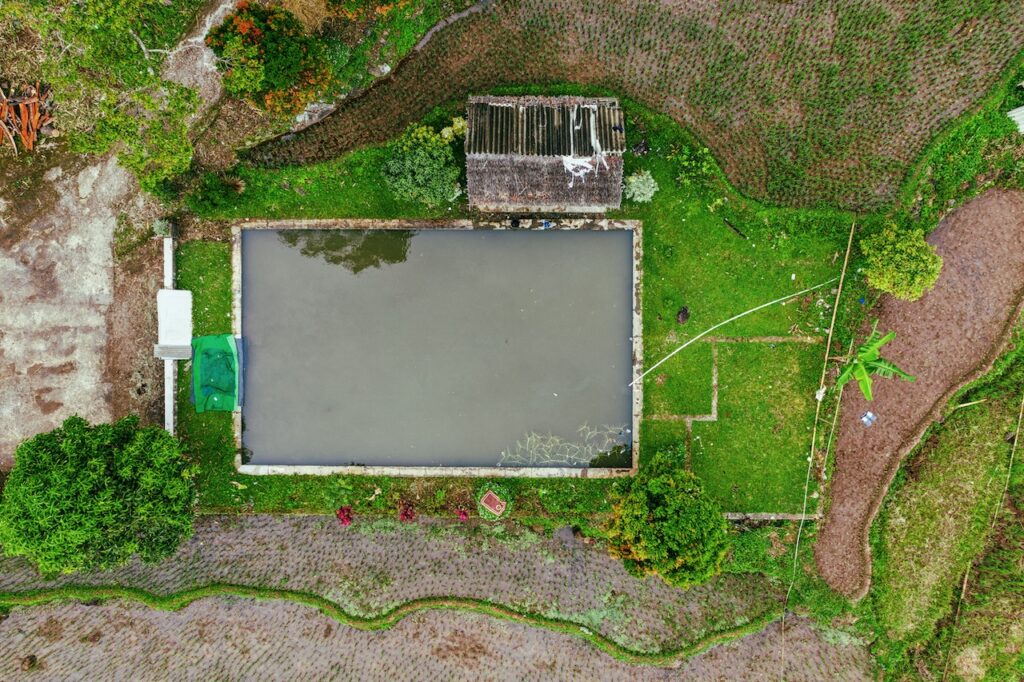As water constantly cycles from water vapor to rain and snow falling onto soils, across and beneath the terrain. Scientists are investigating how climate change impacts water distribution as Earth’s atmosphere warms due to greenhouse gases and the satellite data record continues to grow longer and more comprehensively.
Flooding, drought, and Climate Change : Environmental degradation
Particularly at the extremes of the intensity and frequency of floods and droughts, trends are starting to become apparent. Communities will be affected by these patterns today and in the following century as they have an impact on everything from local weather to where food can be grown.
It’s not only about understanding where it rains when considering changes to how water is distributed throughout the earth. Using historical meteorological data and drought maps created from tree rings, Kate Marvel and Ben Cook, researchers at Columbia University in New York City and NASA’s Goddard Institute for Space Studies, examined the impact of people on 20th-century drought trends. They discovered a data “fingerprint” that was discernible as early as the early 1900s, a drying and wetting trend that was expected to happen in response to greenhouse gas emissions.

The “fingerprint” forecasts that as a result of greenhouse gas emissions, some areas of Asia would see more rainfall, while the southwest United States, Central America, and Europe will experience less precipitation. The pattern started to appear in the early 20th century, according to the researchers’ comparison of this to actual data. After 1950, it momentarily decreased, probably because of excessive amounts of air pollution, but it has recently come back and is getting stronger.

To understand how we might affect global drought patterns in the future, Cook said it is crucial to show how humans have influenced drought patterns in the past.
He declared, “Climate change is not merely an issue for the future. “This demonstrates that it is already having an impact on worldwide patterns of drought, hydroclimate, trends, and variability. As long as we keep the world warm, we anticipate these tendencies to last.”
It is helpful to confirm climate models’ capacity to predict future droughts by demonstrating how effectively they can describe historical droughts. According to Cook’s other studies, the United States Southwest might see “megadroughts” lasting longer than three decades if greenhouse gas emissions continue to rise along existing trajectories. Cook and his team used 17 various climate models, and all of them were successful.
Two climatologists and prominent lecturers from the Andhra University Department of Meteorology and Oceanography held this opinion.
Senior department professor Prof. S.S.V.S. Ramakrishna predicts that due to climate change, the monsoon will become more irregular and would be replaced by category four or five hurricanes. He noted that over the previous 15 years, the coasts have been pounded by unusual cyclonic systems like Gonu, Nargis, Phailin, Hudhud, Mala, Yemyin, Helen, and the Odisha Super Cyclone.
Every year brings a new change to the climate, particularly as a result of the global industrial revolution. Global warming is influenced by carbon dioxide emissions, The land and ocean temperatures have both increased by 2 to 4 percent, while the average world temperature has already increased by roughly 1%. More intense downpours will result from this variation, said department professor emeritus O.S.R.U. Bhanu Kumar.
He said that when precipitation increases, the number of rainy days per year will decrease and abnormal cloudbursts will rise.
He predicted the flooding that is currently occurring in Chennai and Nellore as well as what has recently occurred in Kashmir and Uttarakhand. The El Nino phenomenon is directly impacted by global warming, and its frequency has risen as a result of industrialization and the widespread production of carbon dioxide.
The southwest monsoon fails to materialize if the El Nino element is present, while the northeast monsoon severely damages the southern peninsula, according to him. According to Prof. Bhanu Kumar, there were only approximately three El Nino years between 1957 and the 1980s that were classified as strong or very strong, but since the 1980s, the frequency has grown and we have witnessed over 10 El Nino years.
Climate change will have some major impact on our food , watch full video on food shortage – https://www.youtube.com/watch?v=SCsCtJsURr8
Water Harvesting
We must consider an appropriate infrastructure for collecting and discharging rainwater, as well as scientific ways to extract water, he said.

Prof. Ramakrishna added that crop planting patterns may need to be altered in addition to the fact that the current weather needs the development of the human habitat. As seeding after the northeast monsoon during the winter may benefit the farmers and avoid damage to standing crops, the emphasis may move from Kharif to Rabi, he said.
There haven’t been such destructive floods in a long time. However, meteorologists caution that extreme weather occurrences are probably going to start happening more frequently in the future. Globally, natural disasters claimed the lives of about 45,000 people annually on average over the past ten years. This amounts to about 0.1% of all fatalities worldwide.



